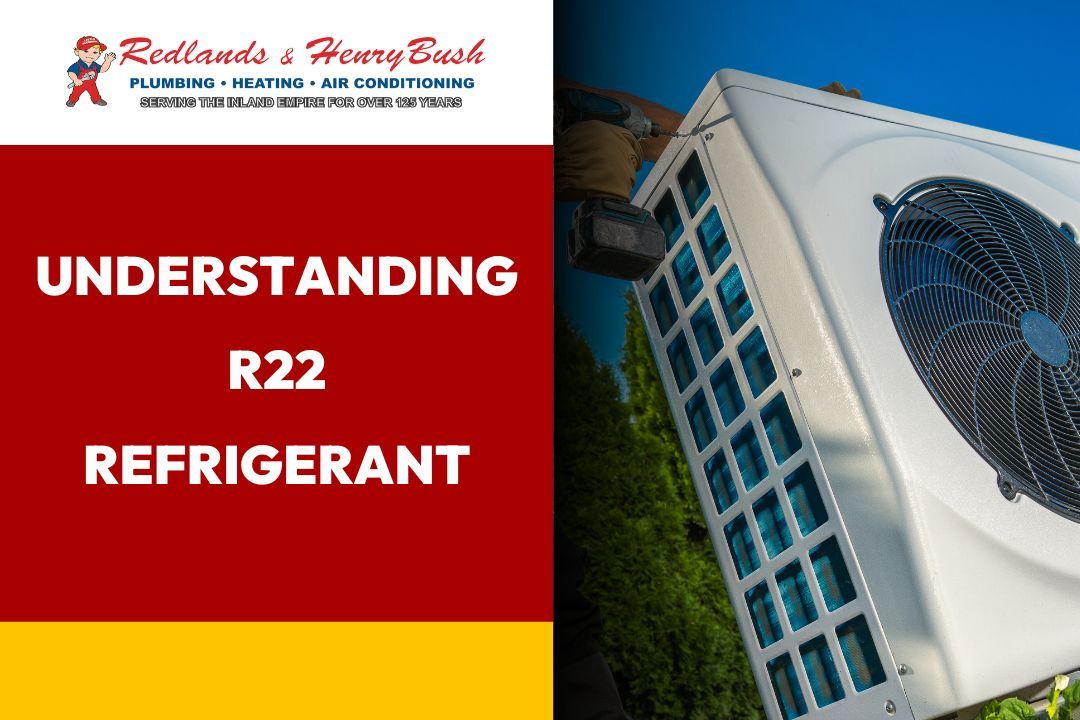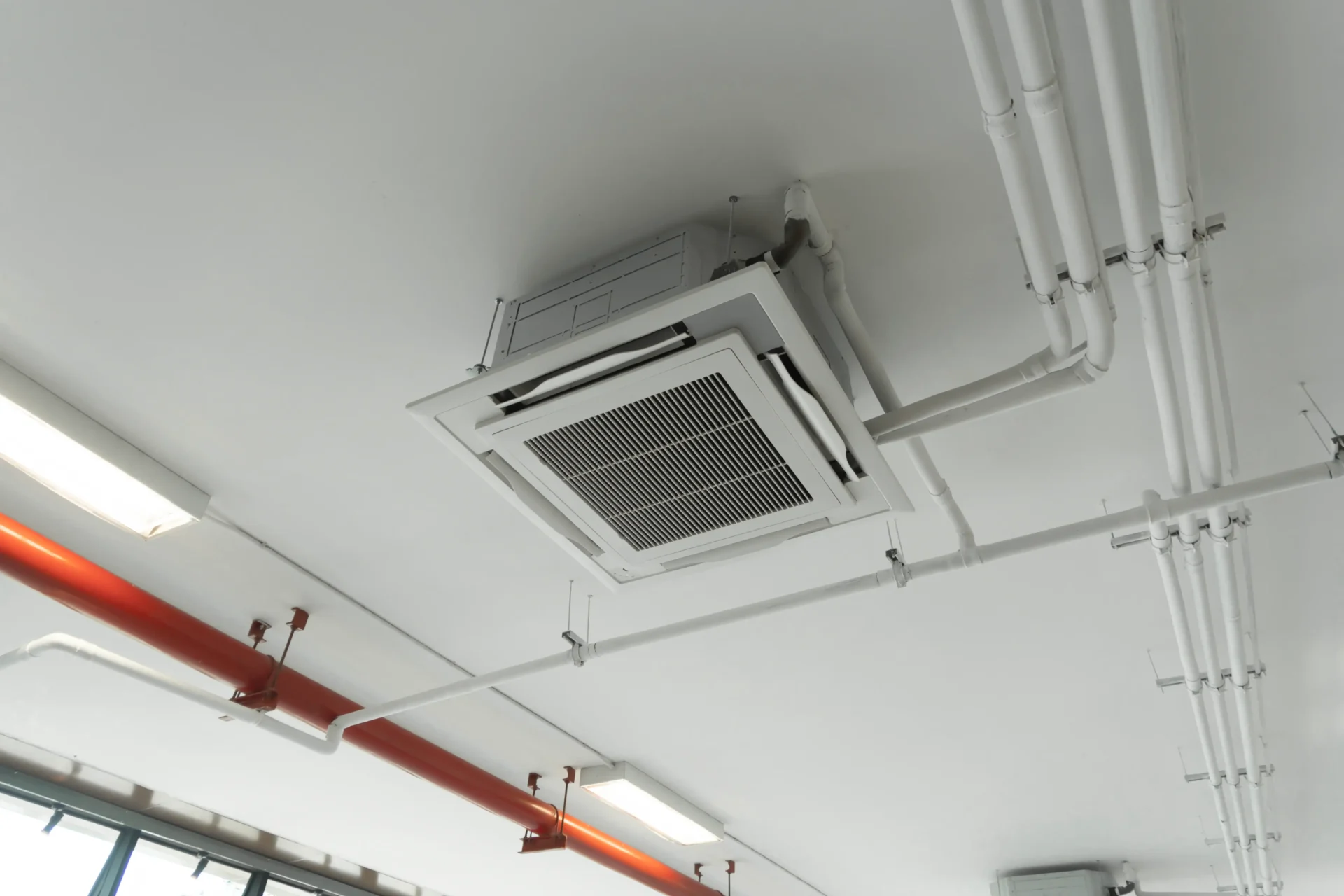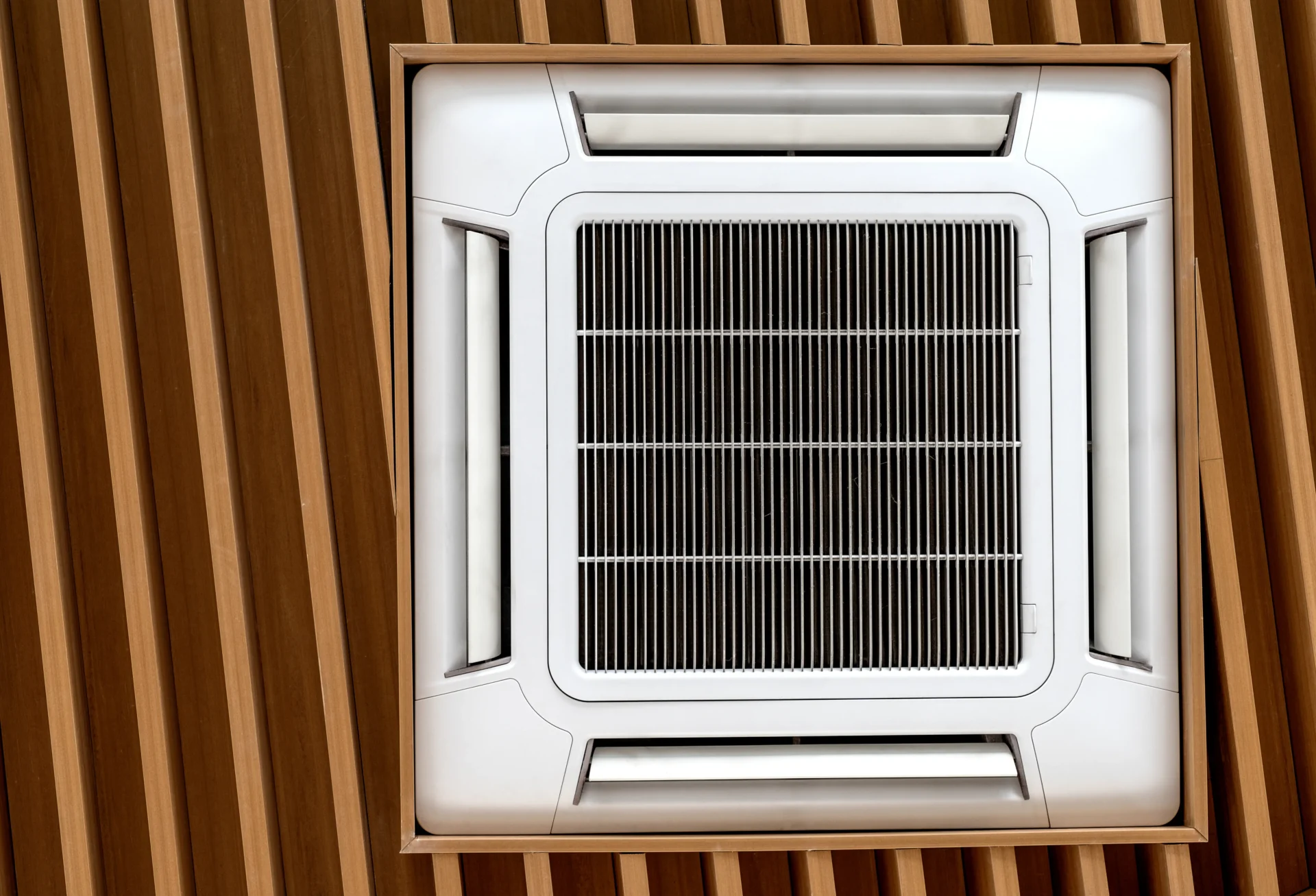R22 refrigerant, commonly known as Freon, has been a crucial component in the heating, ventilation, and air conditioning (HVAC) industry for decades. Its widespread use in air conditioning systems and refrigerators highlights its significance. However, due to environmental concerns, the usage of R22 refrigerant is undergoing significant changes. This comprehensive guide aims to provide a thorough understanding of R22 refrigerant, its uses, the reasons behind its phase-out, and what alternatives are available for homeowners and businesses.
What is R22 Refrigerant?
R22 refrigerant, also known as hydrochlorofluorocarbon (HCFC-22), is a chemical compound used in many air conditioning and refrigeration systems. Introduced in the 1950s, R22 became popular because of its efficiency and effectiveness in cooling systems. Its chemical stability and non-flammability made it a preferred choice for both residential and commercial HVAC systems.
Importance of R22 Refrigerant in HVAC Systems
Efficiency and Performance
R22 refrigerant has been valued for its high energy efficiency, which translates to lower electricity bills for consumers. Systems using R22 are known for their reliable performance, making them a go-to choice for decades.
Availability and Compatibility
R22 refrigerant was readily available and compatible with many HVAC systems, which contributed to its widespread adoption. The extensive use of R22 meant that service and maintenance for these systems were easily accessible.
Environmental Impact of R22 Refrigerant
Ozone Depletion Potential
One of the significant drawbacks of R22 refrigerant is its contribution to ozone layer depletion. The ozone layer protects the Earth from harmful ultraviolet (UV) radiation. R22, being an HCFC, releases chlorine when it breaks down, which then contributes to the degradation of the ozone layer.
Global Warming Potential
Apart from its ozone depletion potential, R22 also has a high global warming potential (GWP). This means that when R22 is released into the atmosphere, it contributes to global warming much more than carbon dioxide. This dual environmental impact has led to regulatory changes regarding its use.
The Phase-Out of R22 Refrigerant
Montreal Protocol
The phase-out of R22 refrigerant is part of the global effort to protect the ozone layer, spearheaded by the Montreal Protocol, an international treaty adopted in 1987. The Protocol aimed to phase out substances that deplete the ozone layer, including HCFCs like R22.
Regulatory Changes
In the United States, the Environmental Protection Agency (EPA) has implemented regulations to reduce and eventually eliminate the production and import of R22 refrigerant. The production and import of R22 were significantly reduced starting in 2010, with a complete phase-out by January 1, 2020. This means that R22 is no longer being produced or imported, and only recycled or reclaimed R22 is available for existing systems.
Implications for Homeowners and Businesses
Increased Costs
As the availability of R22 refrigerant decreases, the cost for servicing and maintaining existing HVAC systems using R22 has increased. Homeowners and businesses may face higher repair costs due to the limited supply of R22.
Need for Replacement or Retrofit
Given the phase-out, property owners need to consider replacing their old HVAC systems with newer, more environmentally friendly systems. Alternatively, retrofitting existing systems to use alternative refrigerants can be an option, though it comes with its own set of challenges and costs.
Alternatives to R22 Refrigerant
R410A
One of the most common alternatives to R22 refrigerant is R410A. Known for its efficiency and environmentally friendly properties, R410A does not deplete the ozone layer and has a lower GWP compared to R22. New HVAC systems are designed to use R410A, making it a popular choice for replacements.
R407C and R422D
Other alternatives include R407C and R422D, which can be used as drop-in replacements for R22 in some existing systems. These refrigerants are designed to mimic the properties of R22, allowing for easier retrofitting of old systems. However, it’s essential to consult with HVAC professionals to determine the compatibility and efficiency of these alternatives.
Natural Refrigerants
Natural refrigerants such as propane (R290) and ammonia (R717) are also being explored as sustainable alternatives. These refrigerants have low GWP and zero ozone depletion potential. However, they require specific handling and system designs to ensure safety and efficiency.
Transitioning to a New Refrigerant System
Evaluating Your Current System
The first step in transitioning to a new refrigerant system is to evaluate your current HVAC setup. Consider the age, condition, and efficiency of your existing system. Older systems nearing the end of their lifespan may be better candidates for complete replacement rather than retrofitting.
Consulting with HVAC Professionals
Consulting with experienced HVAC professionals is crucial during this transition. They can assess your specific needs, recommend suitable alternatives, and provide estimates for replacement or retrofitting costs. Professional guidance ensures that the transition is smooth and meets all regulatory requirements.
Budgeting for the Transition
Budgeting for the transition to a new refrigerant system is essential. Whether you choose to retrofit your existing system or replace it with a new one, there will be costs involved. Consider potential energy savings and environmental benefits when evaluating the financial impact.
Benefits of Upgrading to Modern Refrigerant Systems
Improved Energy Efficiency
Modern refrigerant systems designed to use alternatives like R410A are more energy-efficient than older systems using R22. This improved efficiency can lead to lower energy bills and a reduced carbon footprint.
Environmental Benefits
By transitioning away from R22 refrigerant, homeowners and businesses contribute to global efforts to protect the ozone layer and mitigate climate change. Using environmentally friendly refrigerants supports sustainability and environmental stewardship.
Enhanced Performance and Reliability
Newer HVAC systems offer enhanced performance, reliability, and advanced features. Upgrading to a modern system can improve indoor comfort, air quality, and overall satisfaction with your heating and cooling solutions.
Transitioning with Redlands & Henry Bush Plumbing, Heating and Air Conditioning
Navigating the phase-out of R22 refrigerant and transitioning to environmentally friendly alternatives can be challenging. However, with the right knowledge and professional support, homeowners and businesses can make informed decisions that benefit both their comfort and the environment.
For expert guidance and services, trust Redlands & Henry Bush Plumbing, Heating and Air Conditioning. Our experienced team is dedicated to helping you transition smoothly to a new refrigerant system. Contact us today to learn more about your options and to schedule a consultation. Let us help you ensure that your HVAC system is efficient, reliable, and environmentally friendly.







